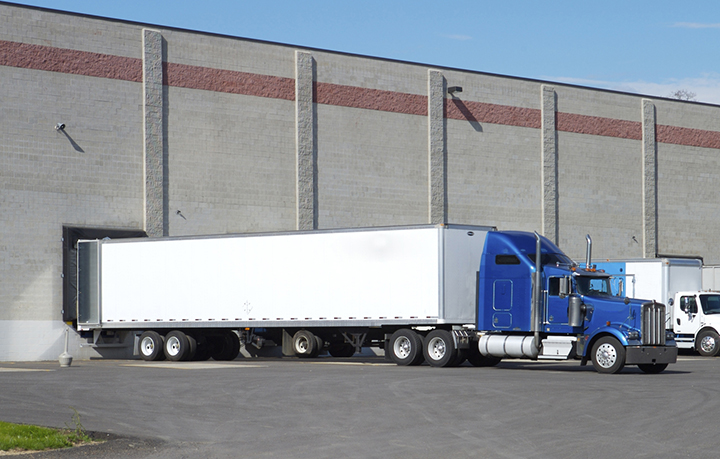BEAVERTON, Ore. — According to the latest report from DAT Freight and Analytics, which operates the DAT One online freight marketplace and DAT iQ data analytics service, January spot freight volumes were pushed to all-time highs due to a winter-related bump in demand for truckload capacity.
All three equipment types in the DAT Truckload Volume Index (TVI), a measure of loads moved in a month, increased compared to December:
- Van TVI: 250, up 11% month-over-month and 6% higher year-over-year
- Refrigerated TVI: 206, up 14% month-over-month and 1% year-over-year
- Flatbed TVI: 232, up 11% month-over-month and 6% year-over-year
“Winter weather increased the need for trucks at a time when shippers were moving holiday returns and springtime retail goods through supply chains, and for-hire carriers were rejecting a higher percentage of contracted loads,” said Ken Adamo, DAT chief of analytics. “This was not a case of freight volumes sustainably trending higher. Barring some other disruptive event, we expect demand for truckload capacity to meet seasonal expectations during the months ahead.”
Weather drove demand for trucks
Load-to-truck ratios, which measure the number of loads posted to the DAT One marketplace relative to the number of trucks, increased for all three equipment types:
- Van ratio: 2.7, up from 1.9 in December
- Reefer ratio: 4.1, up from 2.6
- Flatbed ratio: 8.3, up from 5.1
Ratios peaked in the middle of the month when a snap of winter weather snarled transportation across much of the country and pushed more loads to the spot market. They fell as conditions normalized and closed the month in line with December averages. Low ratios signal weak negotiating power for truckload carriers. Changes in the ratio often signal impending changes in rates.
Reefer rates jumped
Demand for trucks on the spot market pushed broker-to-carrier rates higher. The van rate was $2.14 per mile, up 4 cents compared to December, while the reefer rate jumped 10 cents to $2.57 a mile. The flatbed rate rose 6 cents to $2.47 a mile. Year-over-year, average spot rates were down 24 cents for vans, 21 cents for reefers, and 29 cents for flatbeds.
Line-haul rates, which subtract an amount equal to an average fuel surcharge, strengthened further:
- Line-haul van rate: $1.71 per mile, up 6 cents compared to December
- Line-haul reefer rate: $2.10 a mile, up 12 cents
- Line-haul flatbed rate: $1.95, up 8 cents
Last month’s rates were substantially higher than in January 2020, before the supply chain disruptions of the pandemic. At that time, the benchmark van line-haul rate was $1.57 per mile, the reefer rate was $1.91 a mile, and the flatbed rate was $1.81 a mile.
Demand for spot reefer equipment increases during cold snaps as shippers look for ways to protect van freight from freezing.
Rates for contracted van and reefer freight were unchanged month-over-month. DAT’s benchmark contract van rate was $2.49 a mile, and the reefer rate was $2.57. The flatbed rate declined 4 cents to $3.10, the lowest monthly average since May 2021.
The gap between spot and contract rates narrowed compared to December. It was 35 cents for van freight, down 4 cents; 31 cents for reefer loads, down 10 cents; and 63 cents for flatbeds, also down 10 cents.
Born in Pine Bluff, Arkansas, and raised in East Texas, John Worthen returned to his home state to attend college in 1998 and decided to make his life in The Natural State. Worthen is a 20-year veteran of the journalism industry and has covered just about every topic there is. He has a passion for writing and telling stories. He has worked as a beat reporter and bureau chief for a statewide newspaper and as managing editor of a regional newspaper in Arkansas. Additionally, Worthen has been a prolific freelance journalist for two decades, and has been published in several travel magazines and on travel websites.















